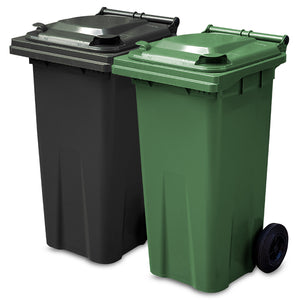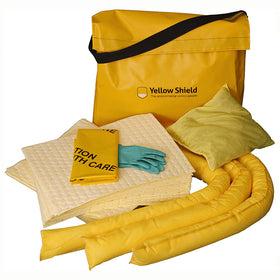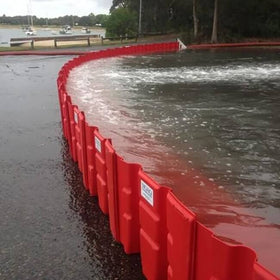Exposure to hazardous substances and spill risk (Part 1)
Working with hazardous substances, such as chemicals and fuel oils, carries some degree of risk. Over the next two articles, we are going to discuss this risk and examine in a little detail what you should be doing to help your employees, who have to use these substances every day.
What substances do you use?
Every industrial site uses hazardous substances, from the lubricating oil you can buy from your local DIY store, to hazardous chemicals that you may need a licence to use. Whatever substance you use, you need to work out how your employees may be exposed to the substance so you can construct an action plan to minimise risk and respond to problems.
• Is the substance used harmful to breathe in?
• Is it harmful if it comes into contact with the skin?
• Can it cause problems if it comes into contact with the eyes?
• What are the consequences of swallowing the substance?
• What effects will occur if the substance enters the body through a skin puncture?
Harmful substances can enter the body through any of the above routes and hence contaminate the person using them. If the product is harmful, it will have a hazard symbol printed on the product. ‘Dangerous for supply’ products should also come with a safety sheet detailing the risk to employees.
In the next article we will discuss assessing employee risk and spill prevention techniques.




